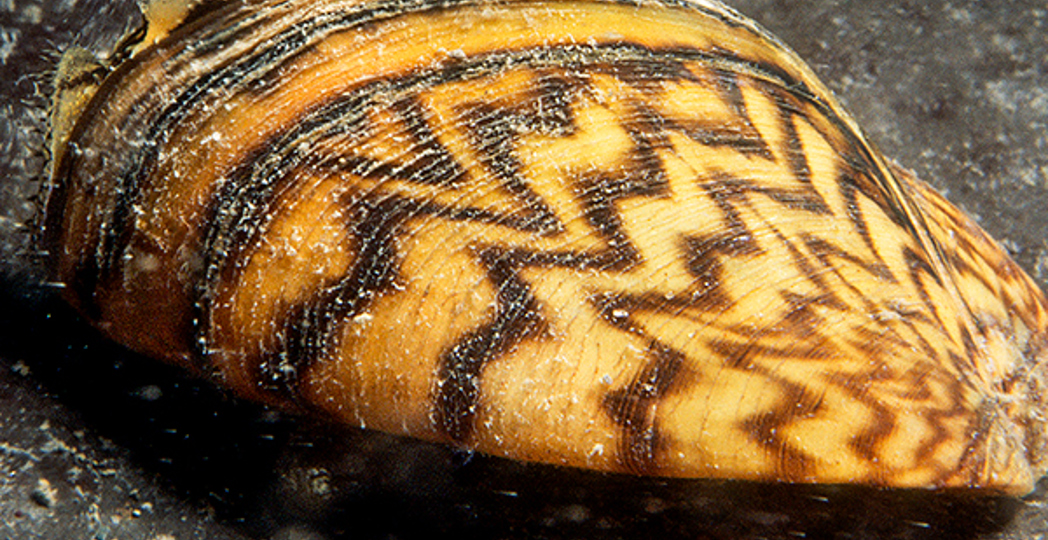This Tiny Mollusk Costs the Great Lakes Over $5 Billion in Problems
Aug. 20, 2024 | 9:00 AM

iStock Photo
These mussels are only the size of a fingernail but can cause irreversible environmental and economic damage. Zebra mussels are non-native to the Great Lakes region and can produce over one million eggs per year, says Hayley Rinearson, the education and outreach coordinator for Lake Erie Islands Nature and Wildlife Center.
“When these ships would fill their ballast tanks in Eurasia, like the Black and Caspian Seas, it would also collect these organisms,” she says. “So these zebra mussels would get into the ballast tanks, then they would be put on cargos and then they would empty this water in a different region.”
RELATED: 9 Unique Underwater Creatures That Call Lake Erie Home
Once in the Great Lakes, these critters use little proteins that stick out of their shells, called bicycle threads, to move and attach to form conglomerates that can fracture infrastructure and clog boat pipes.
“With zebra mussels, it's difficult,” Rinearson says. “Congress has passed acts to regulate where you can dump ballast water. So pretty much, if you're bringing ballast water from the other side of the world, it has to be dumped in the ocean, and it has to be a certain amount of miles away from the Great Lakes.”
RELATED: Why Does Lake Erie Have So Many Shipwrecks?
For more updates about Cleveland, sign up for our Cleveland Magazine Daily newsletter, delivered to your inbox six times a week.
Cleveland Magazine is also available in print, publishing 12 times a year with immersive features, helpful guides and beautiful photography and design.
Trending
-
1
-
2
-
3
-
4
-
5










